By Louise Irvine
Many of us will enjoy a tipple or two, toasting friends and family at parties to welcome the New Year. As we raise our glasses and clink them together with “Cheers!”, we can reflect on the fascinating history of drinking and toasting as presented in the Cheers exhibition at WMODA.
Toasting
Drinking is one of the oldest forms of entertainment, and our ancestors have been consuming alcohol since the dawn of history. Toasting may have started in the ancient world when Bacchus was honored with glasses raised to the heavens during the grape harvest. The expression “to toast” is derived from the practice of adding charred bread to acidic wine to make it taste better. The Meissen factory made several porcelain figures inspired by Bacchanalian revels, which can be seen at WMODA.
During the Middle Ages, it was monks who preserved winemaking in Europe. The Benedictine and Jesuit religious orders made wine to celebrate the Eucharist and to refresh weary pilgrims. It was also a monk, Dom Perignon, who pioneered the traditional method of making champagne in 1715, and apparently, he cried out. “Brothers, come quickly. I am drinking stars!” Medieval monasteries also developed the brewing of beer as we know it today.
In One’s Cups
Toasting symbolizes the act of sharing a drink and an experience. Traditionally, everyone at a gathering drank from the same communal cup, displaying unity between hosts and guests. Some drinking vessels had multiple handles for passing around the table. Loving cups have two handles, and tygs have three or more. The Doulton Potteries have made various ceremonial drinking vessels decorated by artists at the Lambeth and Burslem studios.
Toasting was mainly a ritual for men who drank competitively after ladies retired from the dinner table. Being able to hold one’s liquor was a badge of honor. However, not surprisingly, after endless rounds of toasts and pledges of loyalty, most men ended up “in one’s cups,” a popular expression for drunk. The role of toastmaster was created in the 18th century so that a sober referee could ensure everyone who wanted to toast got the chance.
Temperance societies, first established in the 16th century, advocated the abolition of toasting since it caused excessive imbibing. One of the most active campaigners was the 18th-century satirist George Cruikshank, who commented on the evils of drink in his cartoons. Doulton’s first artist, George Tinworth, also depicted drunken excess in his humorous group of inebriated mice in 1888. It contrasts with his more decorous mice taking tea, which was promoted by teetotallers in Victorian times as the “cup that cheers but does not inebriate.”
Cheers
The word “Cheers” became a drinking toast in conjunction with the clinking of glasses in the 1920s. It is derived from the expression “Be of good cheer,” which is a wish for good health and happiness. In many other languages, “health” is the customary toast, for example, salud in Spanish, santé in French, and slainte in Irish and Scottish Gaelic.
Throughout history, alcohol has been instrumental in promoting health as water sources often carry dangerous diseases. Many were saved from plagues by drinking beer instead of water. Medieval Irish monks invented whisky for medicinal reasons and shared their distilling skills during their missions in Scotland. Whisky comes from the Gaelic meaning “water of life” and was still available as “medicine” during the American Prohibition era from 1920 to 1933.
Despite prohibition, cocktails were widely available at Speakeasy joints, and books such as Giggle Water showed how to make them at home. A photograph from 1922 shows an enterprising lady topping up her soda with some alcohol hidden in her tippling cane. Movie posters and advertisements show that the booze kept flowing in the Roaring Twenties.
Bottoms up!
Read more about the Cheers exhibition at WMODA

Lady Toasting
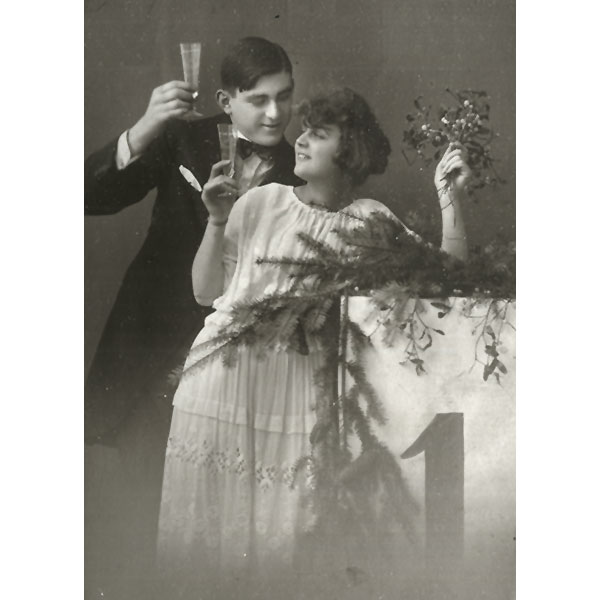
New Year Toast

Happy New Year

New Year's Eve 1934
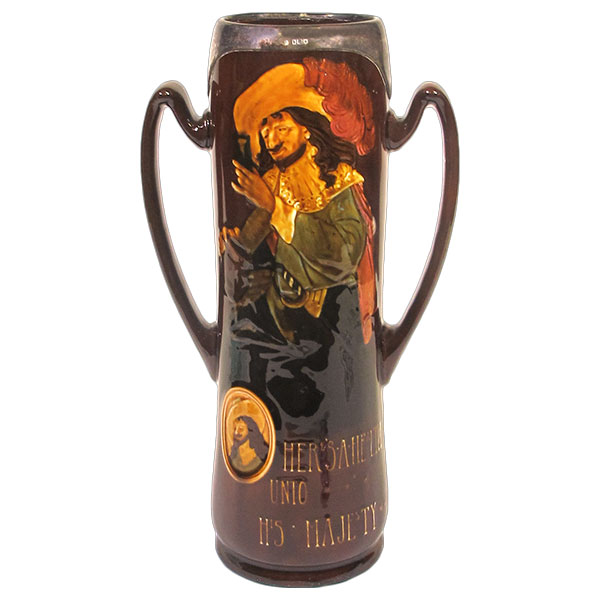
Royal Doulton Kingsware Toast Vase
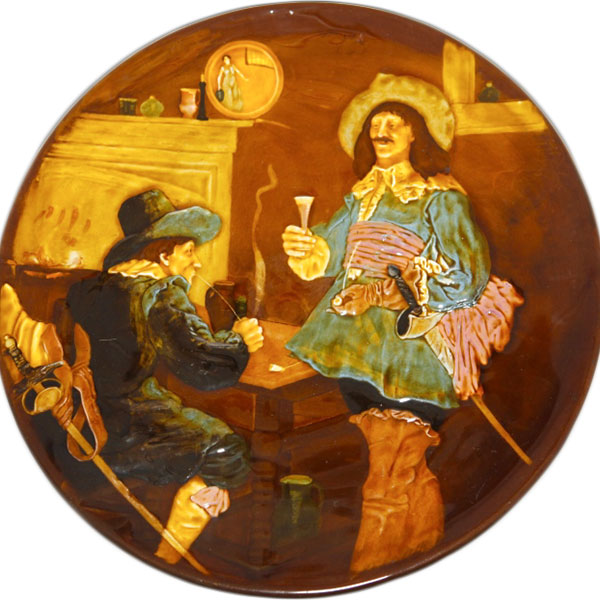
Royal Doulton Kingsware Plaque

Royal Doulton Drinks Dispenser for Asprey's of London
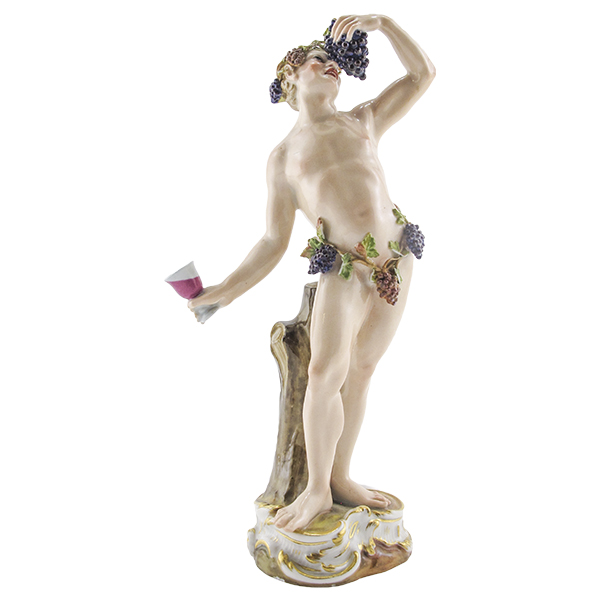
Meissen Bacchus also known as Autumn

Meissen Drunken Silenus

Triumph of Bacchus Engraving after Rubens
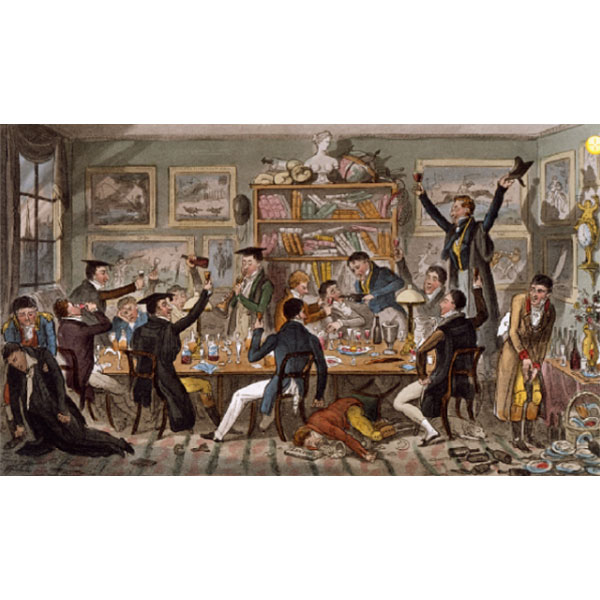
Toasting Cartoon
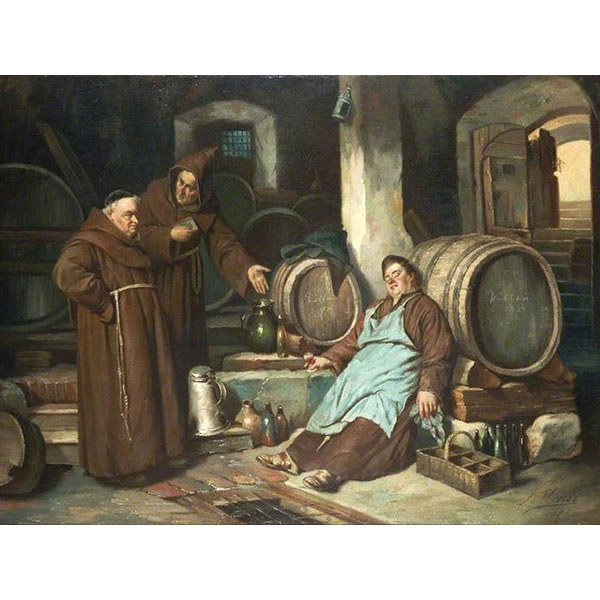
Inebriated Monk

Doulton Drunk Mice G. Tinworth 1888

Doulton Teatime Scandal G. Tinworth
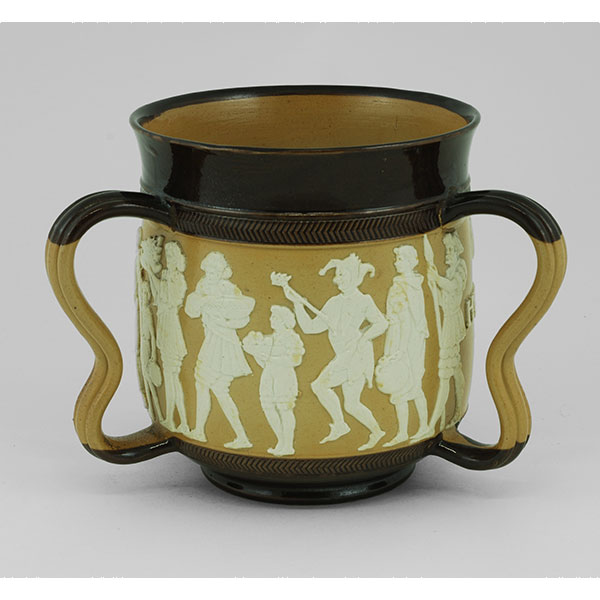
Doulton Stoneware Tyg
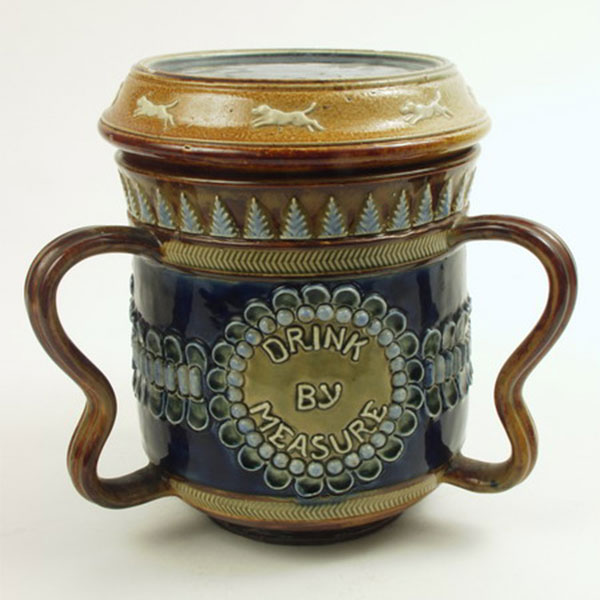
Doulton Stoneware Tyg
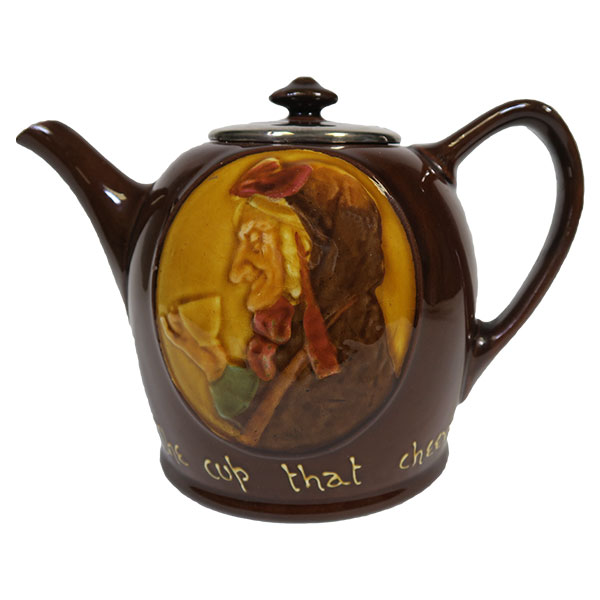
Royal Doulton Kingsware Teapot The Cup That Cheers
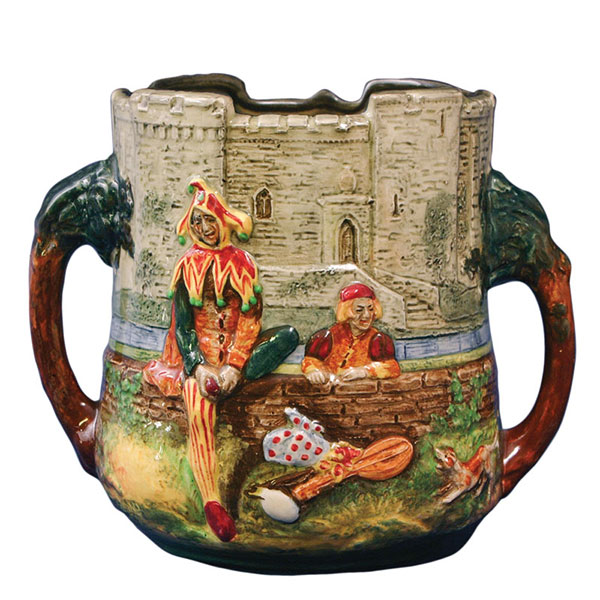
Royal Doulton Wandering Minstrel Loving Cup

Blue Ruin Gin G. Cruikshank
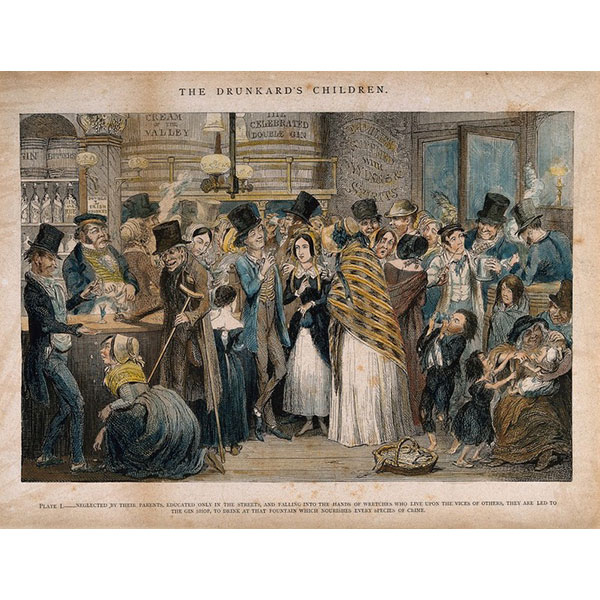
Drunkard's Children G. Cruikshank
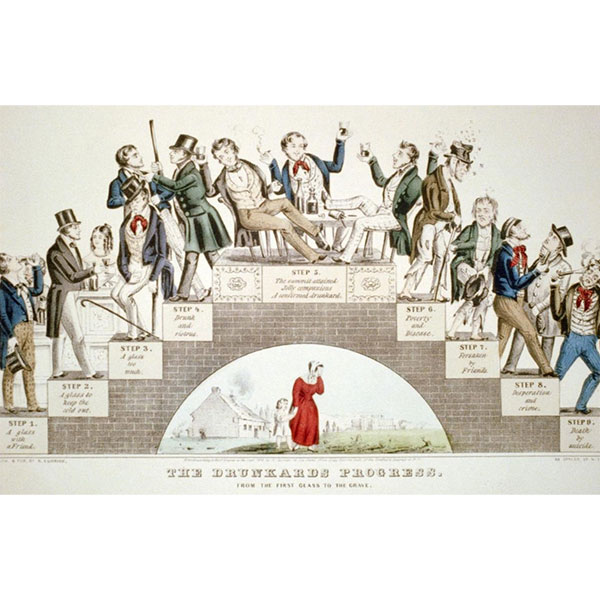
Drunkard's Progress

Anti Prohibition March
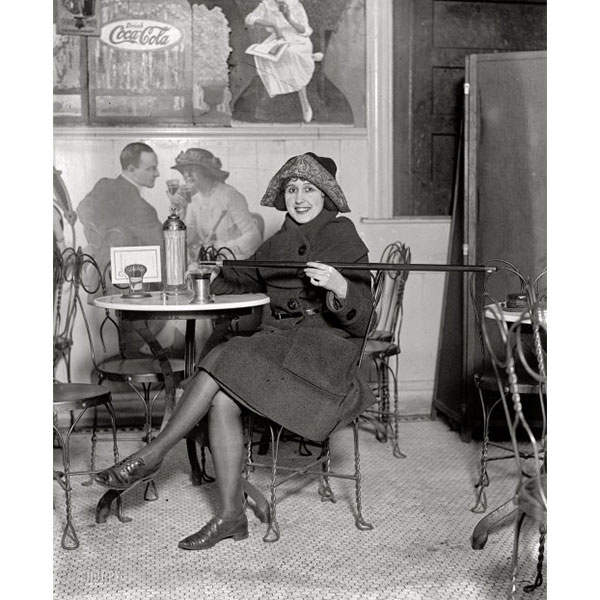
Cane Tippling Flask 1922

Dry Martini Movie Poster

Giggle Water Cocktails Book
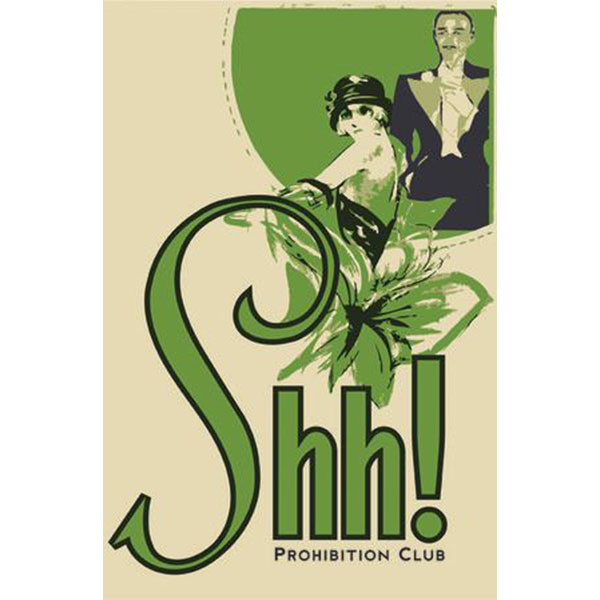
Shh! Speakeasy
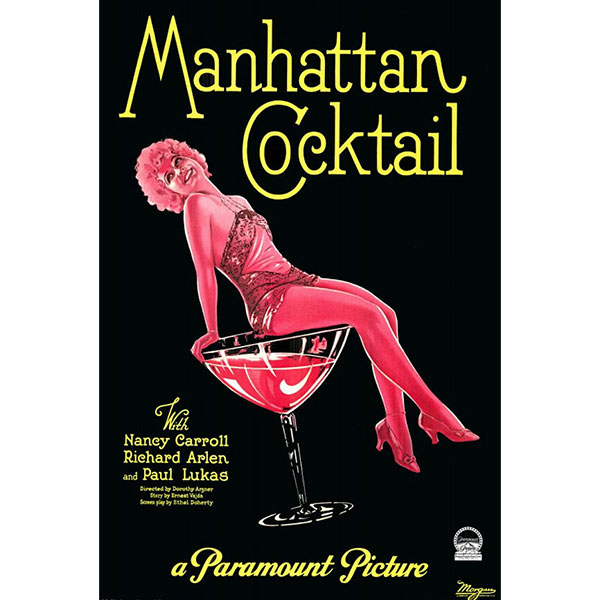
Manhattan Cocktail Movie Poster
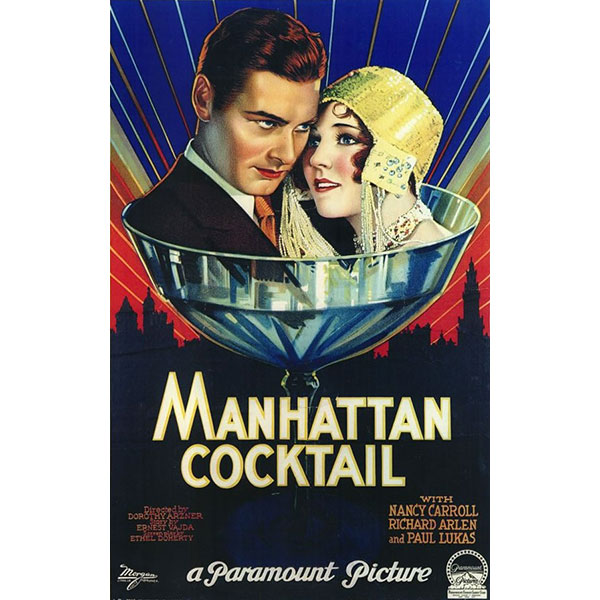
Manhattan Cocktail Movie 1928
